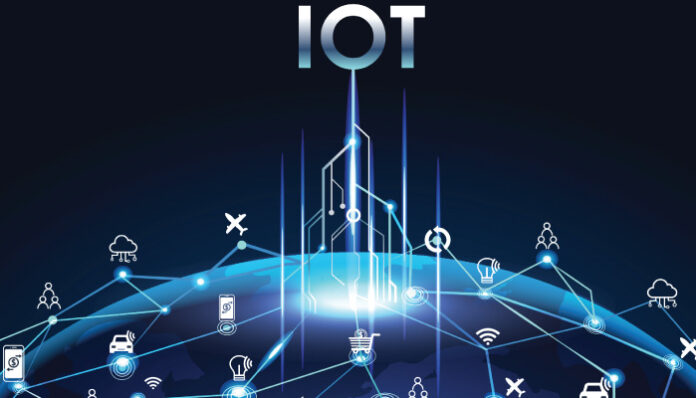Harmonizing solutions and standards enhance the visibility and clarity of the current state of security and the ability to predict better what the future holds. In addition, the industry will be able to foster greater transparency with customers and stakeholders, and threat actors will find it harder to keep up.
The lack of cybersecurity standards in the Internet of Things (IoT) industry is nothing new. But with the number of IoT-connected devices predicted to exceed 25.4 billion by 2030, according to a 2022 Statista report “Number of IoT Connected Devices Worldwide 2019-2030”, it’s obvious the situation has reached crisis levels.
This confluence of threats could cause businesses to shut down and hurt economies, governments, natural resources, and a whole host of other things. Unfortunately, these threats often start with unsecured connected devices.
Connected devices are an industry-wide necessity for daily business solutions and operations, but they pose a serious security risk to businesses and consumers.
Harmonized Security Standards for IoT
The fact that there hasn’t been a single set of cybersecurity standards for IoT up until now is the root cause of the various issues with today’s mobile applications and devices. IoT device manufacturers must prioritize testing and certifying their products against these security requirements to reassure consumers that their product offerings have undergone a security certification procedure. For innovation to happen, there’s a crucial need to adhere to a set of synchronized global security standards that will bring clarity to the future of IoT security.
Also Read: Tips to Strengthen Internet of Things (IoT) Cybersecurity
It’s time to step up security efforts as more unusual cybersecurity incidents occur alongside significant global events. The best course of action is testing and third-party validation, which will reassure businesses, stakeholders, and consumers.
The Preference of Hackers for IoT Devices
As devices grow more interoperable and connected, hackers are becoming more sophisticated and leveraging connected devices to access key infrastructure and cause havoc. Offering customers secure products must be a top priority for both B2C and B2B organizations, and customers should be informed of these processes and options. Security processes must be transparent to achieve a more secure environment.
Challenges of Remote Work
Because of remote work, employees increasingly use their smartphones and devices to access company VPNs and carry out their job functions. However, businesses that offer managed devices with secure VPNs and a zero-trust model that has undergone testing and certification will prevent potential security breaches.
Lack of Industry-Wide Data Sharing
The industry’s current efforts to share data are insufficient and highlight a crucial facet of the current cybersecurity challenges: the sharing and utilization of information. The time has come for the industry to collaborate and adopt a set of fundamental security requirements for IoT. This includes data sharing to create a more secure cybersecurity environment and, ultimately, a safer world. This can be accomplished by third-party validation and testing of IoT devices and by fostering a that is steadfastly looking to advance the greater security ecosystem through sharing essential data and engaging in innovative brainstorming.
Also Read: Three Best Practices to Identify Cybercrime in a High-Risk Environment
Combatting Cybercrime Head-On as a United Front
Many in the cybersecurity industry have to decide whether to carry on as separate entities, all vying for the same objectives, or unify under a common set of security standards to combat cybercrime head-on.
Industry-wide adoption of standardized solutions will continue to keep businesses accountable to those standards while also creating new industry standards. Transparency, compliance, and visibility are the main focuses of such security standards and recommendations. Organizations can be on the same page and, therefore, more secure by fostering a community where ideas regarding security solutions are shared.
For more such updates follow us on Google News ITsecuritywire News









